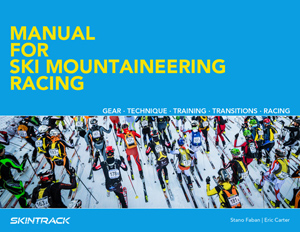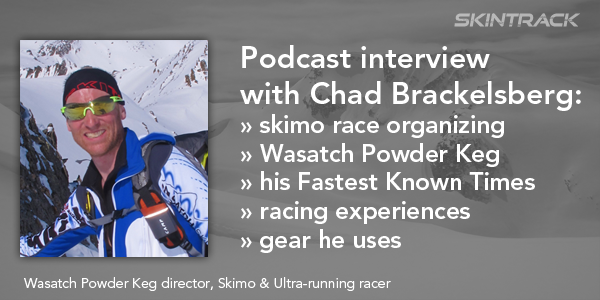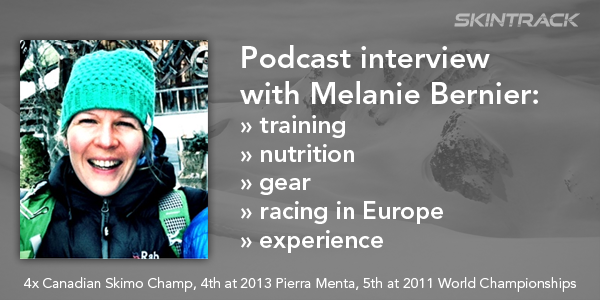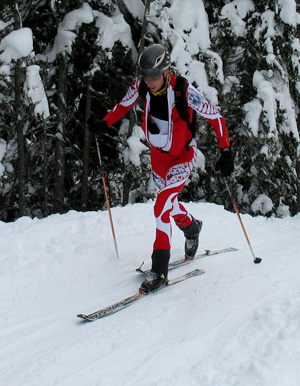The following article is a guest post by Peter Knight and is similar to our last week’s post – How to Start Running After a Skimo Season Without Getting Injured – but with specialized information for skimo racers that prefer cycling and mountain biking rather than running in the summer. Peter is a Canadian Skimo Team member that keeps on improving every season but he came to the sport from mtb and road roacing. I have known him for over 5 years and since I have full confidence in his advice I asked him to summarize his tips below.
Early spring
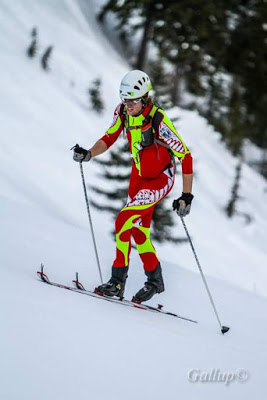
If you are still skiing on the weekends, and putting in big days, it is important to contain the excitement and ease up on the after-work riding. If you have hung up the bike over the winter it might take a couple of 1-2 hour rides to ease the legs and butt into riding again. The good news is that, in my experience, the first hard bike ride never hurts as much as the first hard ski. After transitioning into riding, it can be pretty easy to step it up to 4-6 rides per week. It’s also nice being able to train right from your front door!
Spring came early for me this year. Bike trails and roads dried up while creek crossings opened up and snow melted from valley approaches. In addition, biking (indoors and fat-biking) made up most of my midweek training during the skimo season so it didn’t take me long to adapt.
Bike fit is important:
Make sure your bike and shoes are set up properly. I set up all my bikes: mountain, road, and fatbike with identical saddle positioning.
Summer training and planning
After a season of skimo racing, the engine should be in top shape, but it will be tired. It is important to take a couple of weeks and weekends easy before getting back into training. And while the engine is in top shape, it will take some time for the legs to adapt to the sharp accelerations of bike racing. Unfortunately, where I live, there are lots of great events scheduled in May, but if you are like me and have spent your weekends in April skiing instead of cycling then your legs might not be ready yet.
While long climbs should be our strength, due to skimo training, I think it is valuable to work on a variety of systems:
- Sustained power output on the flats (like a time trial),
- and short, repeated efforts with reduced recovery found in mountain biking and criterium racing.
- Mix it up and try not to fall into a trap of doing the same workout/effort over and over again. For this reason, I think I’ll pull out the road bike more often this year. Find a group ride or a midweek race series to push yourself.
Personally, I focus on Olympic format XC races lasting under 2 hours while occasionally dabbling in longer events. While the short events seem to be dying out in favour of longer races and stage races, their duration, intensity, and community is similar to skimo. Rides over 4 hours on the weekend are the exception rather than the norm.
Stano’s experience: I regularly jump between trail running and road cycling during the summer and fall as in my experience the two sports complement each other very well as skimo cross-training activities. Trail or mountain running is preferable in terms of building specific strength, movement and skills that translate nicely to skimo, however, doing a 3-4 hour ride is much easier on tired running legs than doing another 2-3 hour run. The regular change in activities also keep things fresh while I perform majority of intervals only by uphill running.
Riding in the fall
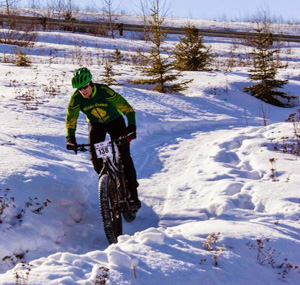
Stretching and strength building
Stretching and strength tips are similar to running. I’m looking forward to trying the exercises for glutes, hip flexors and IT band mentioned in the running article last week – How to Start Running After a Skimo Season Without Getting Injured.


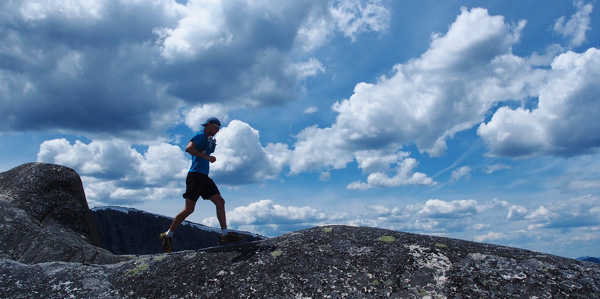
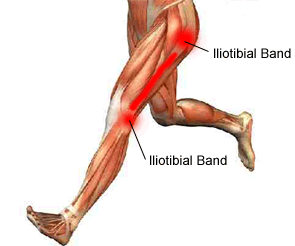 It is not uncommon for skiers to develop IT band syndrome in a couple of weeks by getting back to running after few months off. Here is a good definition of what IT band syndrome is and how it could be felt:
It is not uncommon for skiers to develop IT band syndrome in a couple of weeks by getting back to running after few months off. Here is a good definition of what IT band syndrome is and how it could be felt: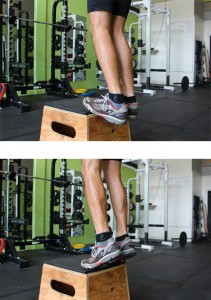
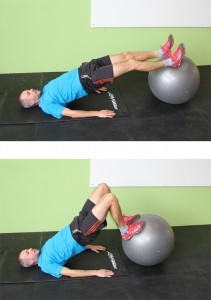
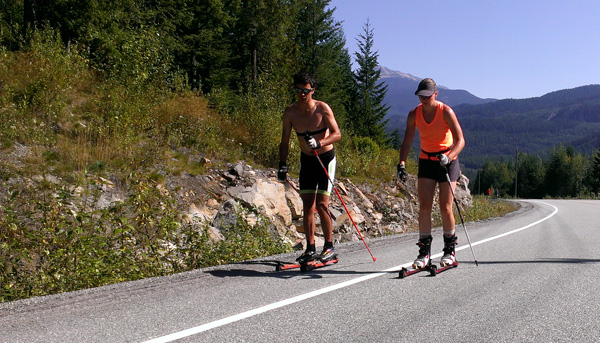
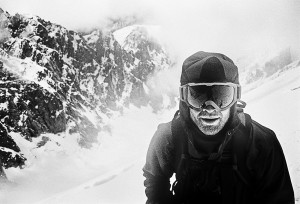
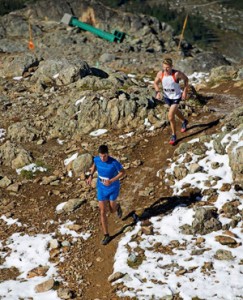
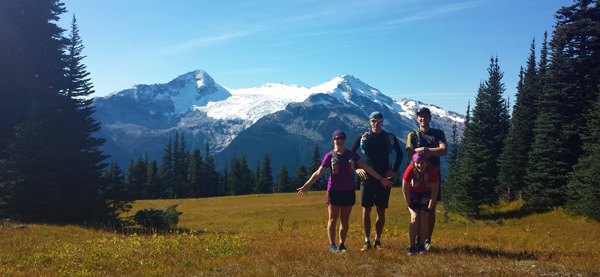
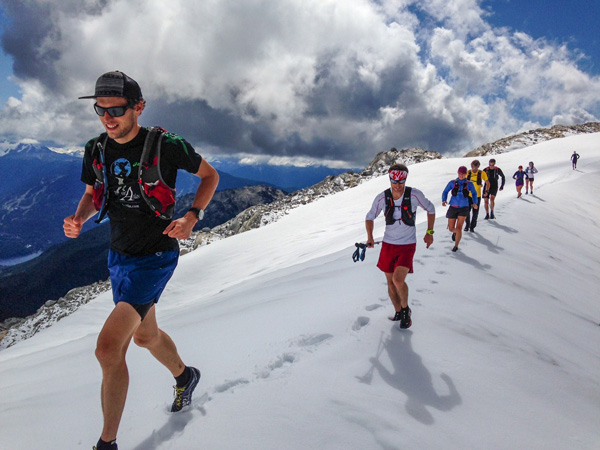
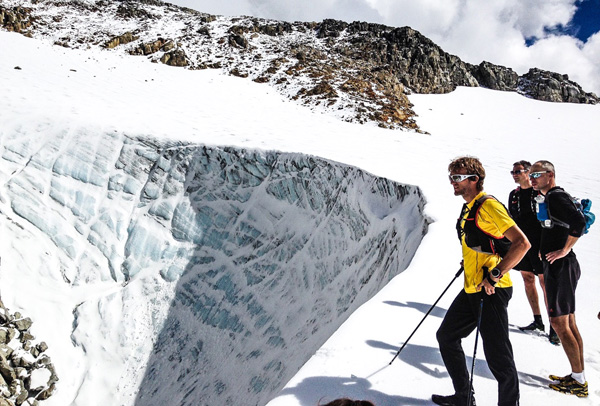
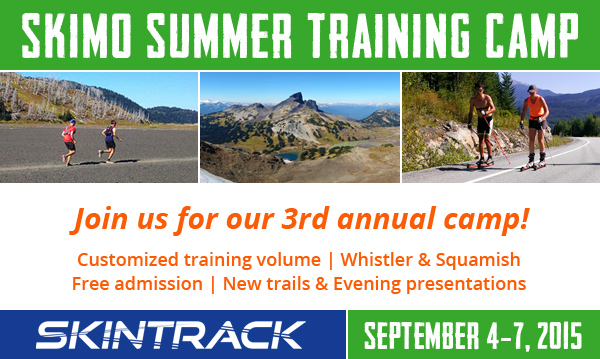
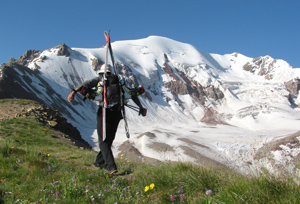 Spring arrives at different time in different years. Some of us finish the last race of the season in February or March and are ready to hang up the skis. Others, with sufficient snow or motivation, are able to push the ski season well into May or even beyond.
Spring arrives at different time in different years. Some of us finish the last race of the season in February or March and are ready to hang up the skis. Others, with sufficient snow or motivation, are able to push the ski season well into May or even beyond.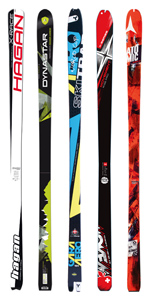
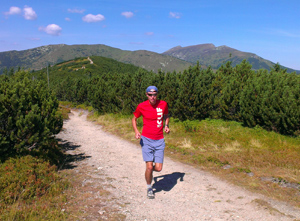 Most of us are runners or cyclists in the summer and it may be tempting on your first run or ride to try to hit the same volume as when you ended the previous summer.
Most of us are runners or cyclists in the summer and it may be tempting on your first run or ride to try to hit the same volume as when you ended the previous summer.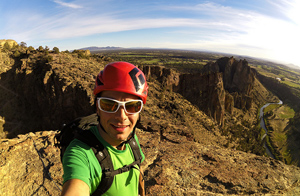 During downtime, we advise athletes to ‘move’ but don’t ‘train’. Fun, easy runs and rides are good if your body feels up to it but even better is to get out and enjoy nature in a different way for a little while – rock climb, paddle, or just hike. Once your mandatory two weeks have passed, consider a third based on how you feel.
During downtime, we advise athletes to ‘move’ but don’t ‘train’. Fun, easy runs and rides are good if your body feels up to it but even better is to get out and enjoy nature in a different way for a little while – rock climb, paddle, or just hike. Once your mandatory two weeks have passed, consider a third based on how you feel.